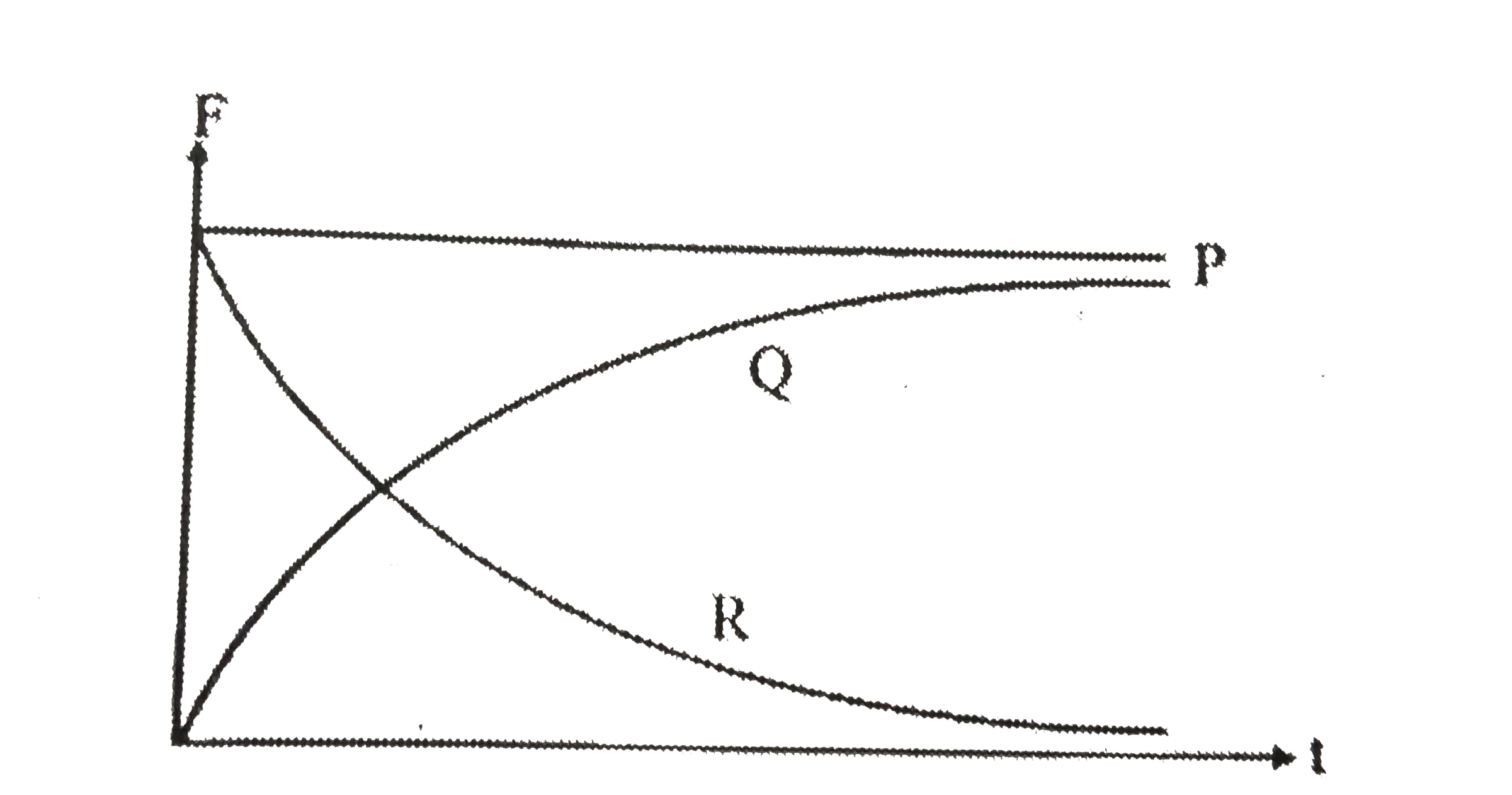The ratio of inertial force to viscous force represets
Magnus effect
Reynolds number
Torricell's law
Relative density
The correct Answer is:B
To solve the question regarding the ratio of inertial force to viscous force, let's break it down step by step:
Step 1: Understand the Forces
In fluid mechanics, two important forces are considered when analyzing fluid flow:
- Inertial Force (F_inertial): This force is associated with the mass of the fluid and its acceleration. It can be represented as Finertial=ρv2L, where ρ is the fluid density, v is the velocity of the fluid, and L is a characteristic length.
- Viscous Force (F_viscous): This force arises due to the viscosity of the fluid, which is a measure of its resistance to flow. It can be represented as Fviscous=μvLA, where μ is the dynamic viscosity, v is the velocity, L is the characteristic length, and A is the area.
Step 2: Write the Ratio
The ratio of inertial force to viscous force is given by:
Ratio=FinertialFviscous
Step 3: Substitute the Expressions
Substituting the expressions for the inertial and viscous forces, we get:
Ratio=ρv2LμvLA
Step 4: Simplify the Ratio
This can be simplified further. Assuming A=L2 (for a characteristic area in a flow), we can rewrite the ratio as:
Ratio=ρv2LμvLL2=ρv2L2μv=ρvLμ
Step 5: Identify the Result
This ratio is known as the Reynolds number (Re):
Re=ρvLμ
Conclusion
Thus, the ratio of inertial force to viscous force represents the Reynolds number.
In fluid mechanics, two important forces are considered when analyzing fluid flow:
- Inertial Force (F_inertial): This force is associated with the mass of the fluid and its acceleration. It can be represented as Finertial=ρv2L, where ρ is the fluid density, v is the velocity of the fluid, and L is a characteristic length.
- Viscous Force (F_viscous): This force arises due to the viscosity of the fluid, which is a measure of its resistance to flow. It can be represented as Fviscous=μvLA, where μ is the dynamic viscosity, v is the velocity, L is the characteristic length, and A is the area.
The ratio of inertial force to viscous force is given by:
Ratio=FinertialFviscous
Substituting the expressions for the inertial and viscous forces, we get:
Ratio=ρv2LμvLA
This can be simplified further. Assuming A=L2 (for a characteristic area in a flow), we can rewrite the ratio as:
Ratio=ρv2LμvLL2=ρv2L2μv=ρvLμ
This ratio is known as the Reynolds number (Re):
Re=ρvLμ
Thus, the ratio of inertial force to viscous force represents the Reynolds number.
Topper's Solved these Questions
- MECHANICAL PROPERTIES OF FLUIDSBOOK - NCERT FINGERTPS ENGLISHCHAPTER - MECHANICAL PROPERTIES OF FLUIDSEXERCISE - Higher Order Thinking Skills
8 Videos
- MECHANICAL PROPERTIES OF FLUIDSBOOK - NCERT FINGERTPS ENGLISHCHAPTER - MECHANICAL PROPERTIES OF FLUIDSEXERCISE - Exemplar Problems
5 Videos
- LAWS OF MOTIONBOOK - NCERT FINGERTPS ENGLISHCHAPTER - LAWS OF MOTIONEXERCISE - Assertion And Reason
15 Videos
- MECHANICAL PROPERTIES OF SOLIDSBOOK - NCERT FINGERTPS ENGLISHCHAPTER - MECHANICAL PROPERTIES OF SOLIDSEXERCISE - Assertion And Reason
15 Videos
Similar Questions
Calculate the ratio of electric to gravitational force between two electrons.
View Solution(A) : Contact forces like viscous force, air resistance are electromagnetic in nature
(R) : At the microscopic level, all bodies are made of charged constituents
View SolutionAssertion: The ratio of intertial mass to gravitational mass is equal to one.
Reason: The inertial mass and gravitational mass of a body are equivalent.
View SolutionViscous drag force depends on
View SolutionViscous drag force depends on
View SolutionThe ratio of the inertial mass to gravitational mass is equal to
View SolutionIs centrifugal force a real force?
View SolutionStatement-1: For reynold number Re>2000 the flow of fluid is turbulent.
Statement-2: Inertial forces are dominant compared to the viscous forces at such high reynold numbers.
View SolutionA spherical ball is dropped in a long column of viscous liquid. Which of the following graphs represent the variation of

(l) gravitational force with time
(ii) viscous force with time
(iii) net force acting on the ball with time
View SolutionA body is rotating anonuniformly abut a vertical axis fixed in an inertial frame. The resultant force on a particle of the body of thebody not on the axis is
View Solution
